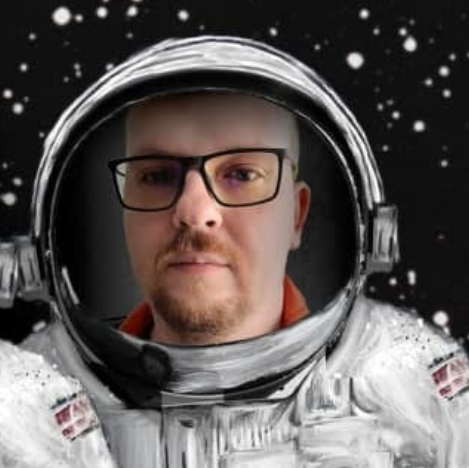At the end of February, a Russian satellite almost collided with an American one. Now, a few months after the incident, NASA has frankly told what horror they actually experienced at that moment. During the conference, NASA Deputy Administrator Pam Melroy said that the agency was very scared about the likely collision of TIMED satellites and the Russian spacecraft Cosmos 2221.
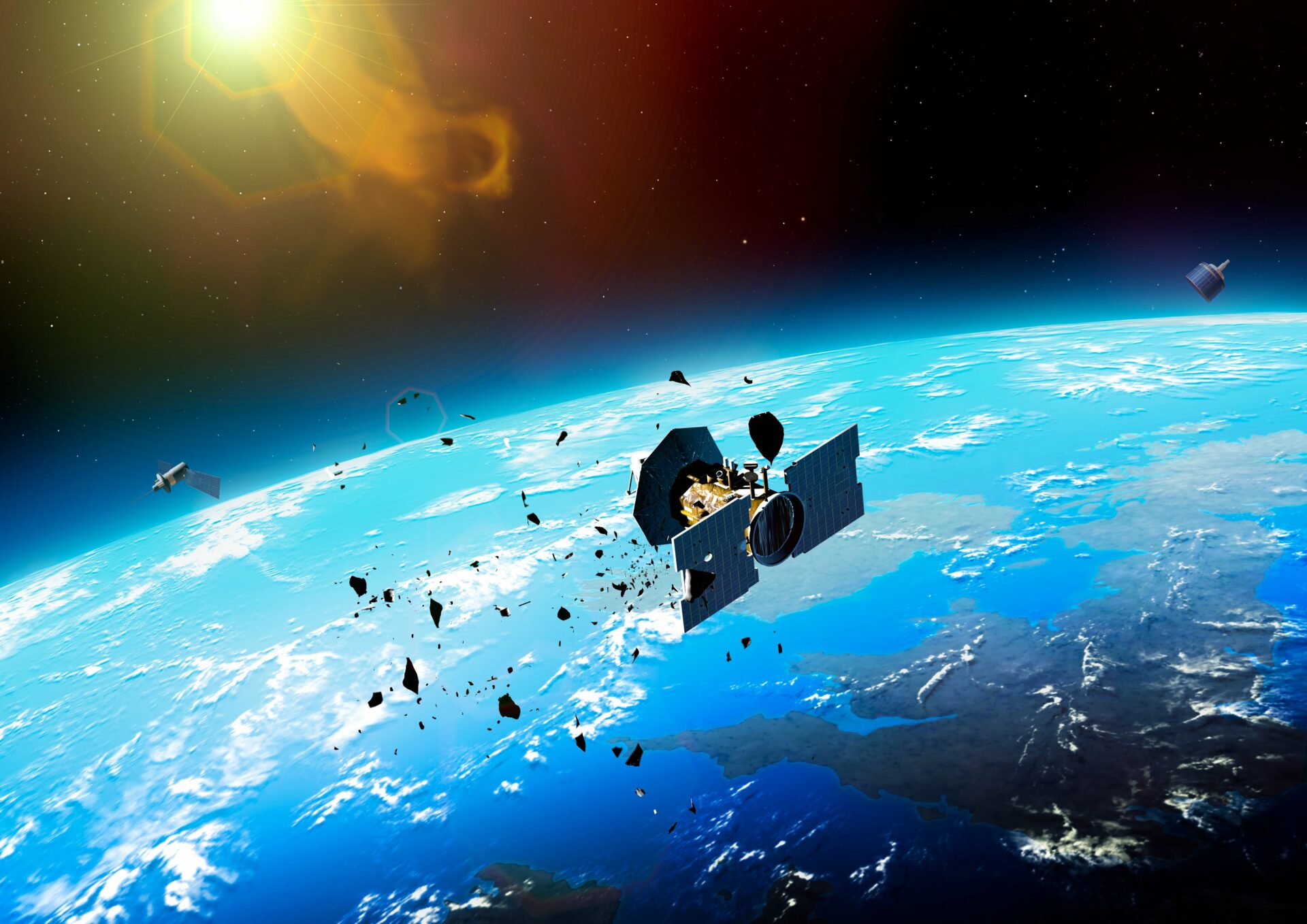
“It was very shocking personally and for all of us at NASA,” Melroy said during the Space Foundation’s Space Symposium.
According to calculations, the probability of a collision was very high, because the distance at the point of intersection of the orbits was less than 10 meters.
“If they had collided, we could have witnessed the formation of debris that would have been flying at a speed of 28 thousand km/h. This speed made each fragment a potential projectile that could easily penetrate the walls of the International Space Station, threatening human life inside,” Melroy stressed.
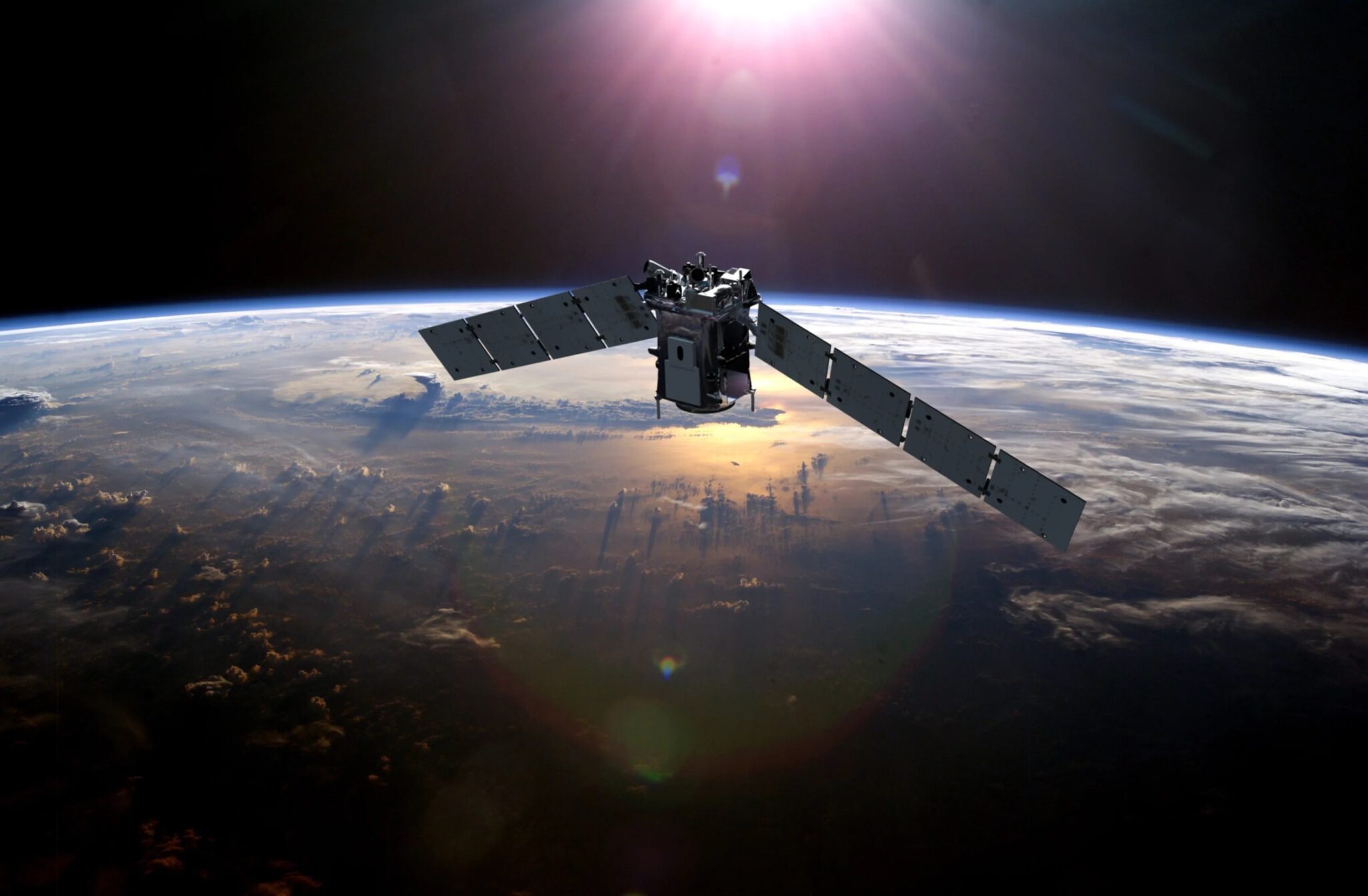
This incident occurred just a few weeks after warnings about the possible deployment of Russian space nuclear weapons in low-Earth orbit, which could be aimed at satellites and individual countries. Although the authorities of the aggressor country rejected the accusations, the news still created international tension.
For future safety, NASA has launched a new satellite mapping program that will help track everything in Earth’s orbit. This project, called the Space Sustainability Strategy, aims to avoid similar incidents in the future.
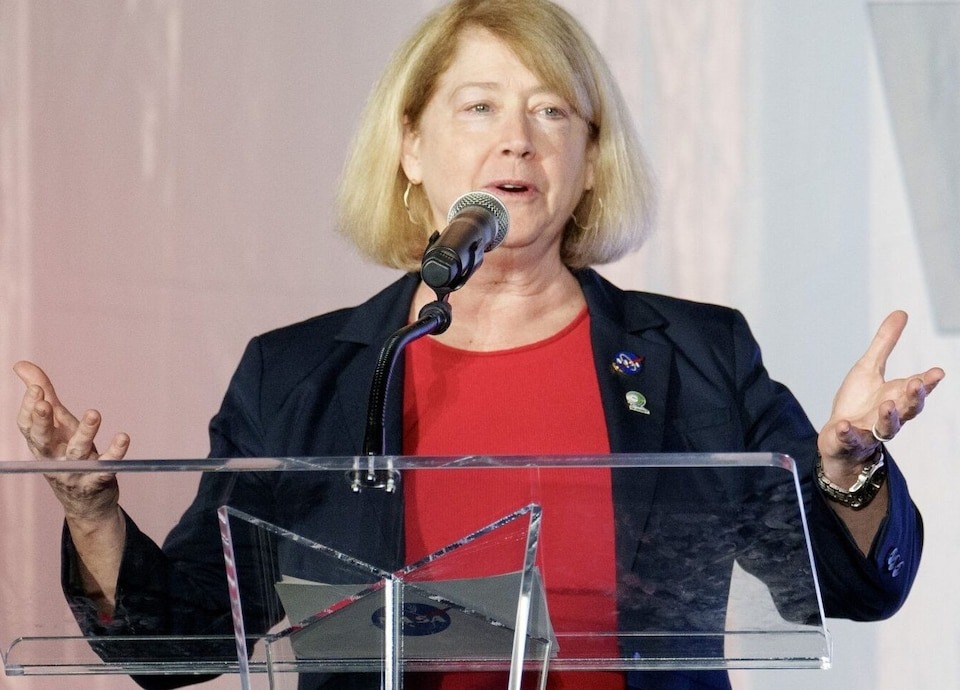
The risks are obvious. In 1978, scientist Donald Kessler had already warned that with an increase in the number of satellites, the probability of collisions would increase. His script was even called “Kessler syndrome”. The accumulation of satellites can cause a chain reaction, leading to the formation of a huge amount of debris that threatens the next space missions and creates an increased risk of debris falling to Earth, which can damage homes, property and even hit people.
The risky rendezvous of satellites in February clearly demonstrates how important new initiatives are, and we hope they will help clear the Earth’s orbit.
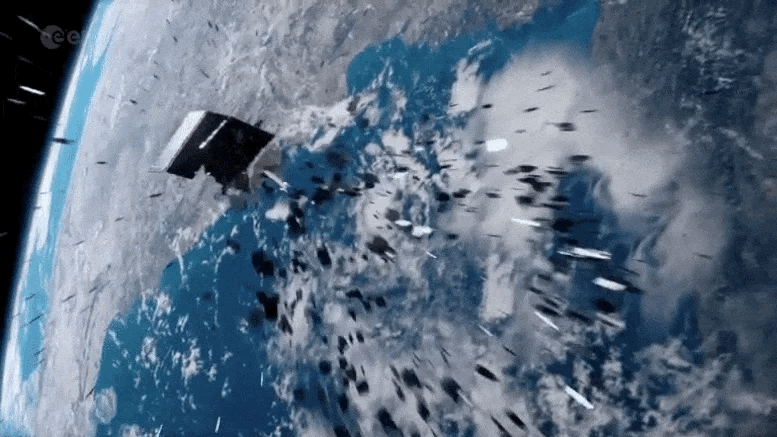
Earlier, we reported on how space debris from the ISS fell on a house in Florida.
According to telegraph.co.uk
Follow us on Twitter to get the most interesting space news in time
https://twitter.com/ust_magazine

